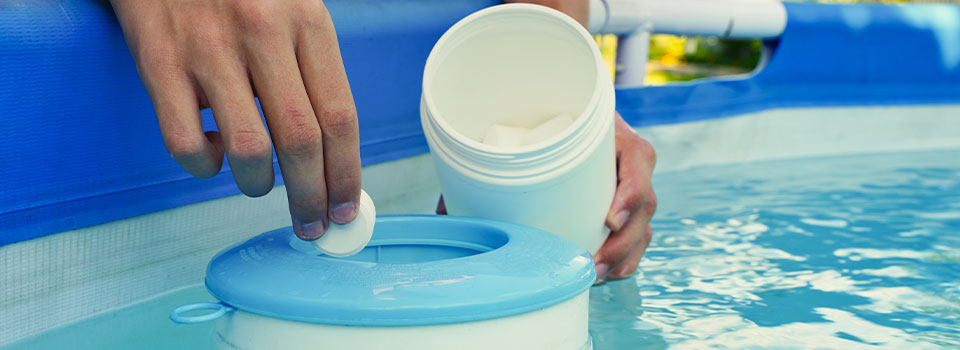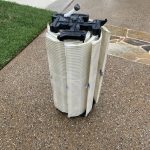Keeping your pool clean and safe for swimming is crucial for maintaining a healthy swimming environment. One of the key components in pool maintenance is ensuring that the water is properly sanitized. Chlorine tablets are a popular choice for pool owners to help keep the water clean and free of harmful bacteria and algae. But how often should you add chlorine tabs to your pool? Let’s explore the best practices for adding chlorine tabs to your pool.

Credit: www.andersonlumbercompany.com
Factors Affecting Chlorine Consumption
Several factors can affect how quickly chlorine is consumed in your pool. These factors include:
- Pool Usage: The more people use the pool, the faster the chlorine will be used up.
- Weather Conditions: Hot weather can cause chlorine to dissipate more quickly.
- Pool Size: Larger pools will require more chlorine to maintain proper sanitation levels.
- Sunlight Exposure: Pools that receive a lot of direct sunlight may require more frequent chlorine additions.
Testing Your Pool Water
Regularly testing your pool water is essential to ensure that the chlorine levels are within the proper range. You can use test strips or a liquid test kit to check the chlorine levels in your pool. The ideal range for chlorine levels in a pool is typically between 1.0 and 3.0 parts per million (ppm).
Chlorine Tab Dispensers
Chlorine tab dispensers are a convenient way to add chlorine to your pool. These devices slowly release chlorine into the water, helping to maintain consistent levels of sanitation. It’s important to follow the manufacturer’s instructions when using chlorine tab dispensers to ensure that you are adding the correct amount of chlorine to your pool.
How Often to Add Chlorine Tabs
The frequency at which you need to add chlorine tabs to your pool will depend on the factors mentioned earlier. As a general guideline, chlorine tabs should be added to your pool about once a week. However, you may need to adjust the frequency based on your pool’s specific needs.
Additional Tips for Chlorine Tab Maintenance
Here are some additional tips to help you maintain proper chlorine levels in your pool:
- Keep your pool covered when not in use to reduce chlorine loss due to sunlight exposure.
- Shock your pool regularly to help boost chlorine levels and kill bacteria and algae.
- Clean your pool filter regularly to ensure proper water circulation and filtration.
- Monitor your pool water regularly and adjust chlorine levels as needed.

Credit: www.baracuda.com.au
Conclusion
Properly maintaining chlorine levels in your pool is essential for keeping the water clean and safe for swimming. By understanding the factors that can affect chlorine consumption and following best practices for adding chlorine tabs to your pool, you can ensure that your pool remains a healthy and enjoyable environment for you and your family to swim in.



